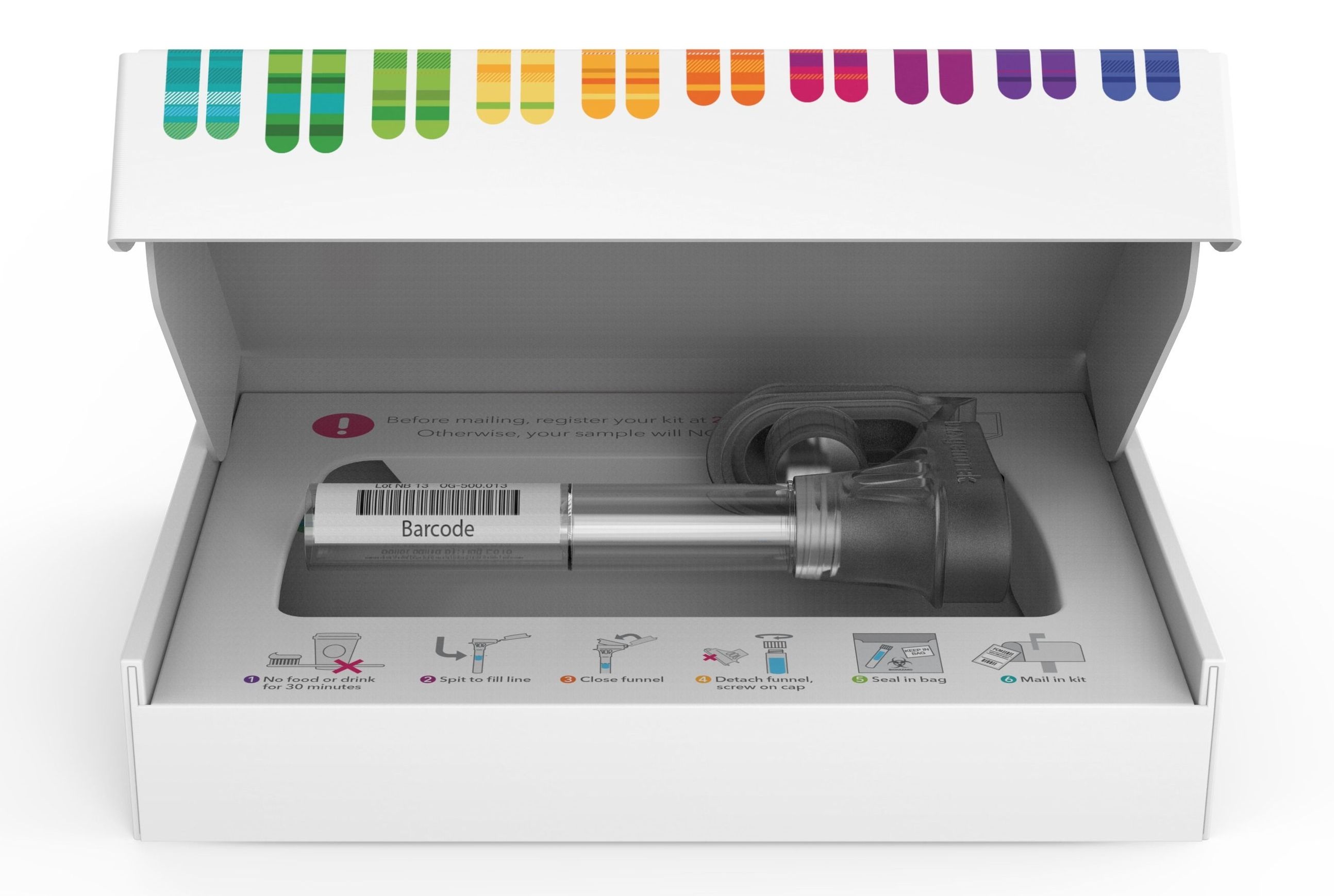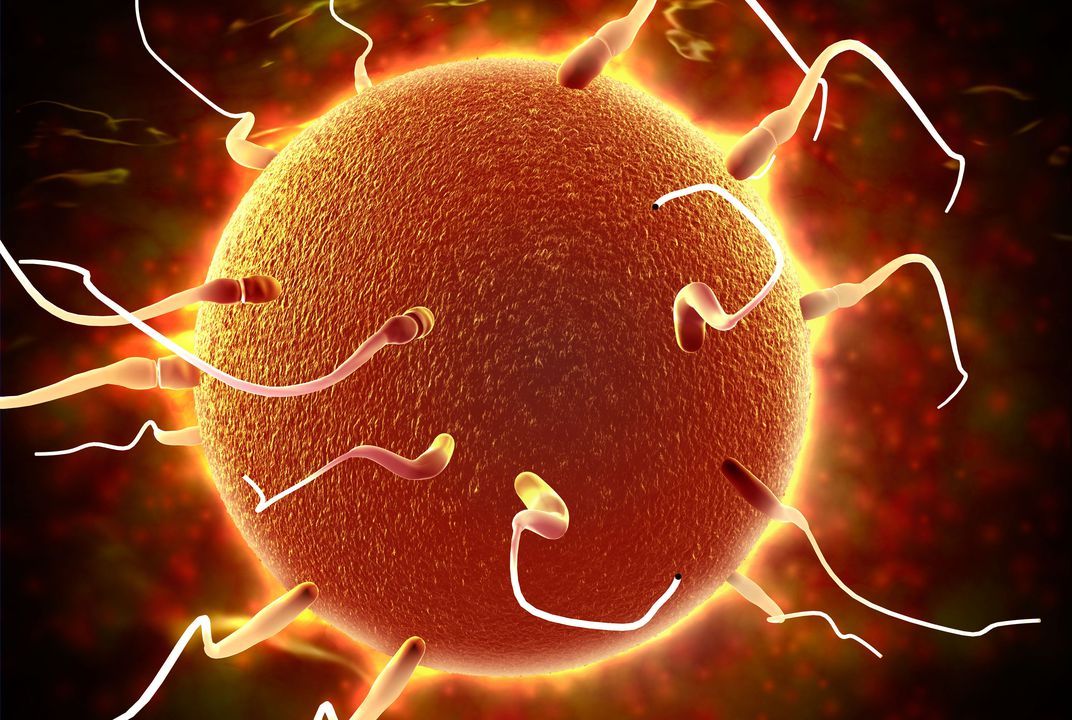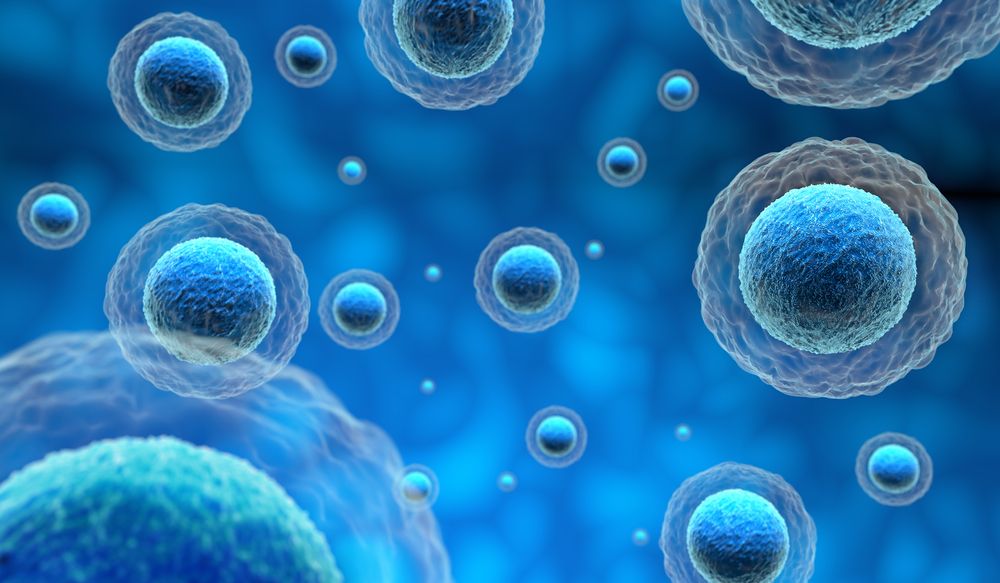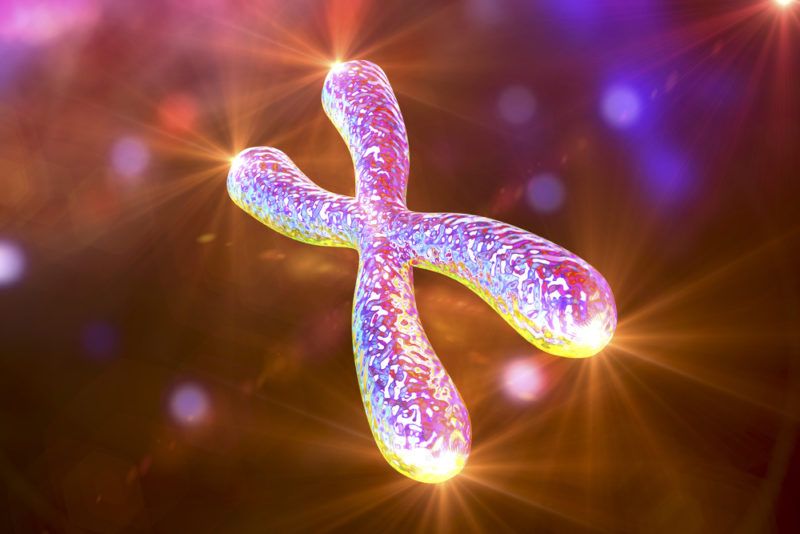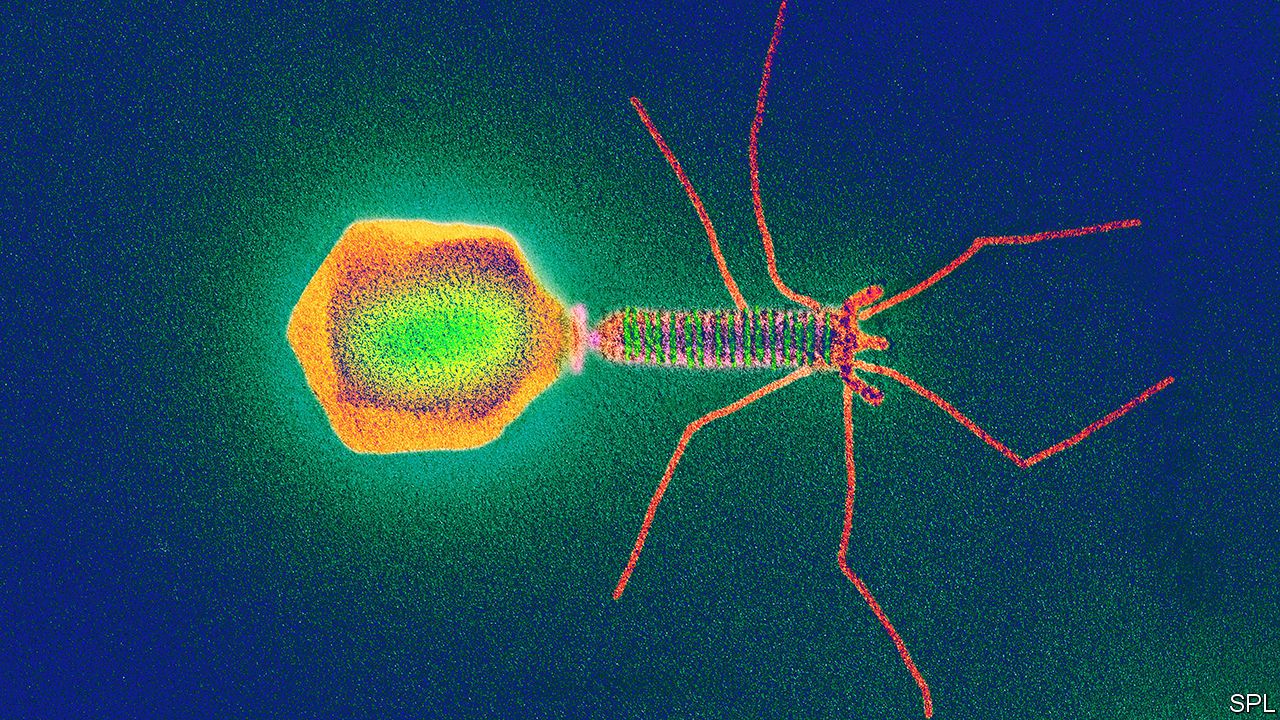Archive for the ‘genetics’ category: Page 408
Jul 28, 2018
Communities Raise Their Voices on Genetic Engineering
Posted by Dan Kummer in categories: bioengineering, genetics
From Martha’s Vineyard to New Zealand, the power of new genetic tools provokes concern and collaboration.
Crispr technology may allow scientists to change the environment forever, but working with the affected localities presents a challenge.
Jul 28, 2018
A Major Drug Company Now Has Access to 23andMe’s Genetic Data. Should You Be Concerned?
Posted by Derick Lee in categories: biotech/medical, genetics, privacy
Consumer genetic testing company 23andMe announced on Wednesday that GlaxoSmithKline purchased a $300 million stake in the company, allowing the pharmaceutical giant to use 23andMe’s trove of genetic data to develop new drugs — and raising new privacy concerns for consumers.
23andMe is partnering with big pharma company GlaxoSmithKline. Here’s what that means for consumer rights and genetic privacy.
Jul 26, 2018
Dads Pass On More Than Genetics in Their Sperm
Posted by Genevieve Klien in category: genetics
Seminal research reveals that sperm change their cargo as they travel the reproductive tract—and the differences can have consequences for fertility.
Jul 24, 2018
Mice Reprogram Gut Tissue to a Fetal State to Heal Injury
Posted by Steve Hill in categories: biotech/medical, genetics, life extension, neuroscience
A new study shows that mice reprogram their gut tissues to repair injury rolling them from an aged state back to a more fetal-like one.
Getting old is one thing; getting old in a healthy way is another. Many elderly people suffer from all kinds of diseases and disorders, ranging from cardiovascular problems and diabetes to Alzheimer’s and Parkinson’s disease. Wouldn’t it be nice if we could keep the body young as we grow older to prevent disease associated with old age? For instance, would it be possible to slow down or reverse the aging processes in the cells of our body?
This question has gained a lot of interest from scientists, and their research has led to the discovery of the important role that the shortening of telomeres, the protective caps on our DNA, plays in aging. While this has been described in recent posts on the LEAF blog, I would like to address another mechanism that has seen an interesting leap forward, more or less by accident: rejuvenation of tissue.
Continue reading “Mice Reprogram Gut Tissue to a Fetal State to Heal Injury” »
Jul 23, 2018
Designer babies on horizon as ethics council gives green light to genetically edited embryos
Posted by Shailesh Prasad in categories: biotech/medical, ethics, genetics, law, neuroscience
Designer babies are on the horizon after an influential group of scientists concluded that it could be ‘morally permissible’ to genetically engineer human embryos.
In a new report which opens the door to a change in the law, the Nuffield Council on Bioethics, said that DNA editing could become an option for parents wanting to ‘influence the genetic characteristics of their child.’
Although it would be largely used to cure devastating genetic illnesses, or predispositions to cancers and dementia, the experts said they were not ruling out cosmetic uses such as making tweaks to increase height or changing eye or hair colour, if it would make a child more successful.
Jul 23, 2018
Discovery Offers New Insights into Telomere Biology and Aging
Posted by Steve Hill in categories: biotech/medical, genetics, life extension
Australian researchers have made a discovery about telomeres that may have implications for aging, heart disease, cancer, and other age-related diseases.
So, what are telomeres?
Each of the chromosomes that store our genetic information has a telomere at each end. This protective cap consists of a specific DNA sequence that is repeated thousands of times and has two purposes: firstly, it protects the coding regions of the chromosomes and prevents them from being damaged, and secondly, it acts as a clock that controls the number of replications a cell can undergo; this is thought to act as a quality control system to ensure that aged and potentially damaged cells do not remain in circulation.
Jul 22, 2018
2018 Speakers
Posted by Zoltan Istvan in categories: bioengineering, biotech/medical, food, genetics, robotics/AI, transhumanism
I’m excited to share I’ll be speaking/debating at the upcoming #Biohack the Planet 2018 conference in Oakland on Aug 31 & Sept 1. Many interesting biohackers will be there. Tickets are still available and very reasonably priced right now, but they will likely sell out. Hope to see you there! Here’s the speaker list: http://biohacktheplanet.com/2018-speakers/ #transhumanism #biohacker & ticket page: https://www.eventbrite.com/e/biohack-the-planet-2018-ticket…
Bryan Johnson is the founder and CEO of Kernel, OS Fund and Braintree.
In 2016, Bryan invested $100M in Kernel to build advanced neural interfaces to treat disease and dysfunction, illuminate the mechanisms of intelligence, and extend cognition. Kernel is on a mission to dramatically increase our quality of life as healthy lifespans extend. He believes that the future of humanity will be defined by the combination of human and artificial intelligence (HI +AI). In 2014, Bryan invested $100M to start OS Fund which invests in entrepreneurs commercializing breakthrough discoveries in genomics, synthetic biology, artificial intelligence, precision automation, and new materials development. Bryan founded Braintree in 2007, later acquiring Venmo, which he sold to Ebay in 2013 for $800M. He is an outdoor-adventure enthusiast, pilot, and author of a children’s book, Code 7.
Jul 21, 2018
Scientists reverse aging-associated skin wrinkles and hair loss in a mouse model
Posted by Nicholi Avery in categories: biotech/medical, genetics, life extension
BIRMINGHAM, Ala. — Wrinkled skin and hair loss are hallmarks of aging. What if they could be reversed?
Keshav Singh, Ph.D., and colleagues have done just that, in a mouse model developed at the University of Alabama at Birmingham. When a mutation leading to mitochondrial dysfunction is induced, the mouse develops wrinkled skin and extensive, visible hair loss in a matter of weeks. When the mitochondrial function is restored by turning off the gene responsible for mitochondrial dysfunction, the mouse returns to smooth skin and thick fur, indistinguishable from a healthy mouse of the same age.
“To our knowledge, this observation is unprecedented,” said Singh, a professor of genetics in the UAB School of Medicine.
Jul 21, 2018
Viruses that attack bacteria have evolved to collaborate
Posted by Dan Kummer in categories: biotech/medical, genetics
Some viruses sacrifice themselves so that others may multiply.
THAT predators often hunt in packs is a commonplace. Wolves do it. Killer whales do it. Even Velociraptor, a species of dinosaur made famous by “Jurassic Park”, is believed to have done it. These are, or were, all intelligent species, capable of exchanging and interpreting information. But the logic of pack hunting, that many may achieve what one alone cannot, and that individual pack members may perform different roles, does not depend on intelligence. Indeed, evidence has now emerged that this logic applies to viruses, the simplest biological entities of all. It was published this week in Cell, by Edze Westra and Stineke van Houte at the University of Exeter, in England.
The viruses in question are bacteriophages, which “hunt” bacteria. They do not eat their prey. Rather, they take over its genetic apparatus to create replicas of themselves, killing the host as a consequence. To do so they have to penetrate a bacterium’s cell wall and then subvert its internal defences, of which there are several. One of the best known, because it is the basis of an emerging gene-editing technology (see article), is called CRISPR. The CRISPR system detects and cuts up alien DNA. In the wild, such DNA will almost always have come from a virus. To counter this, some bacteriophages have evolved ways of gumming up CRISPR’s cellular machinery. Dr Westra and Dr van Houte have shown that, in essence, such phages collaborate. Some do the gumming. Others hijack the genetic apparatus.
Continue reading “Viruses that attack bacteria have evolved to collaborate” »


